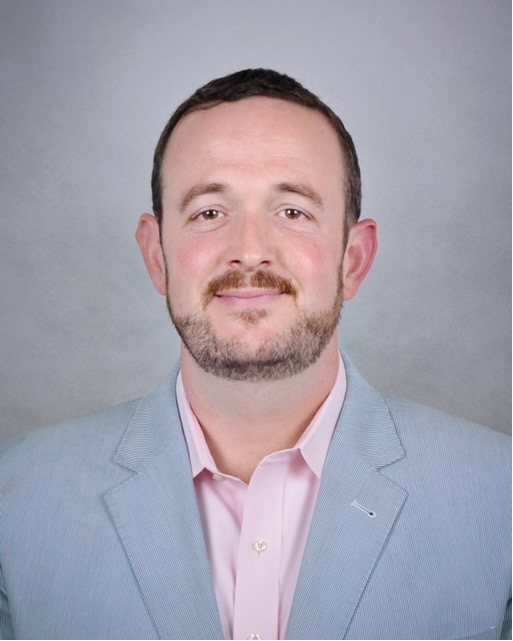“DeSPAC-age” Insurance Model and Closing Coverage Gaps
In this episode of The SPAC Podcast, Machua “Motsch” Millett breaks down how D&O insurance needs to evolve across a SPAC’s lifecycle, from IPO to de-SPAC and beyond. He explains how SPACs have historically managed risk by purchasing standalone policies at each stage and why that approach often creates gaps in coverage and increased cost.
Machua introduces a more modern solution his team pioneered: the “DeSPAC-age” policy model. This structure bundles the SPAC’s runoff coverage, the target’s private company coverage, and the go-forward public policy into one unified program. The benefits? Better coordination across all parties, reduced deductibles, and a financeable premium structure that smooths costs over time. For sponsors and legal teams preparing for a transaction, this clip is a masterclass in how to avoid critical insurance mistakes during one of the most sensitive transitions in capital markets.
Connect with the Guest:
Machua Millett – Chief Innovation Officer, Lockton Companies
LinkedIn: https://www.linkedin.com/in/machuamillett/
View all of their episodes here:
https://www.thespacpodcast.com/guests/machua-millett/
Connect with the Hosts & The SPAC Podcast:
Michael Blankenship LinkedIn:
https://www.linkedin.com/in/mikeblankenship/
Joshua Wilson LinkedIn:
https://www.linkedin.com/in/joshuabrucewilson/
YouTube Channel:
https://www.youtube.com/@Thespacpodcast
Contact The SPAC Podcast:
https://www.thespacpodcast.com/contact/
#SPACs #CapitalMarkets #SPACPodcast #DandOInsurance #DeSPAC #RiskManagement #SPACLifecycle
The views, opinions, and statements expressed by the guest are solely their own and do not necessarily reflect the views of The SPAC Podcast, its hosts, or affiliated organizations. This content is for informational purposes only and should not be construed as investment, legal, tax, or accounting advice.
Disclaimers:
The views, opinions, and statements expressed by the guest are solely their own and do not necessarily reflect the views of The SPAC Podcast, its hosts, or affiliated organizations. This content is for informational purposes only and should not be construed as investment, legal, tax, or accounting advice.
Michael J. Blankenship is a licensed attorney and is a partner at Winston & Strawn LLP. Joshua Wilson is a licensed Florida real estate broker and holds FINRA Series 79 and Series 63 licensure. The content of this podcast is intended for informational and educational purposes only and should not be interpreted as legal, financial, or compliance advice. The views and opinions expressed by the hosts and guests are their own and do not necessarily reflect the official policies or positions of any regulatory agency, law firm, employer, or organization.
Listeners are encouraged to consult their own legal counsel, compliance professionals, or financial advisors to ensure adherence to applicable laws and regulations, including those enforced by the SEC, FINRA, and other regulatory bodies. This podcast does not constitute a solicitation, offer, or recommendation of any financial products, securities transactions, or legal services.
Let’s Connect on LinkedIn:
👉 Michael J. Blankenship - https://www.linkedin.com/in/mikeblankenship/
👉 ...
Michael Blankenship:
Can you walk us through how D&O coverage typically shifts from the IPO to de-SPAC and then post-closing? And how can SPACs avoid coverage gaps?
Machua Millett:
Absolutely. There’s the traditional way it was done and a new model we introduced that’s more effective.
Historically, a SPAC would bind a D&O insurance policy at IPO. That policy could either be full ABC coverage (entity and individual protection) or Side A only (just personal asset protection for officers and directors). Nowadays, most SPACs choose Side A only during the search period because the risk profile is fairly low.
But once you get close to a de-SPAC transaction, you build a completely new insurance program. Traditionally, that meant buying runoff coverage for the SPAC (a six-year tail) and a new policy for the target company going forward.
We created a better alternative called the “DeSPAC-age”. It’s a single policy that covers:
- The SPAC (on a runoff basis)
- The target (as a private company pre-close)
- The new public company (post-close)
Why? Because lawsuits almost always name all of them together. Bundling them reduces complexity, lowers costs, and makes the premium financeable, so you can spread the payments over a year instead of all at once.

Machua Millett
CINO and Alternative Investment Practice Leader
Mach specializes in policy drafting, program placement and claims advocacy regarding management and professional liability insurance issues for private equity, venture capital, and hedge funds and private and public companies. He is responsible for overseeing technical insurance policy drafting for our General Partner Liability and portfolio company D&O books, as well as guiding private companies through the insurance aspects of the traditional Initial Public Offering (IPO), SPAC IPO, and de-SPAC processes. He is also a senior claims and coverage resource for our alternative investment fund and private and public company clients when they have a claims dispute.
Mach’s background is as a general commercial litigator, securities class action defense attorney and insurance coverage lawyer. Before becoming an insurance broker, he spent ten years defending alternative investment firms and private and public companies against regulatory investigations, derivative and class action securities suits, general commercial lawsuits and insurance coverage actions at Bingham McCutchen, Skadden Arps and Edwards Wildman.
Mach was born in Nicaragua, and grew up in Nicaragua and Costa Rica before coming to the United States. He graduated from New Lebanon Junior/Senior High School as a National Merit Scholar, summa cum laude from Tufts University, and Harvard Law School. He lives outside of Boston, MA with his wife and two boys.












